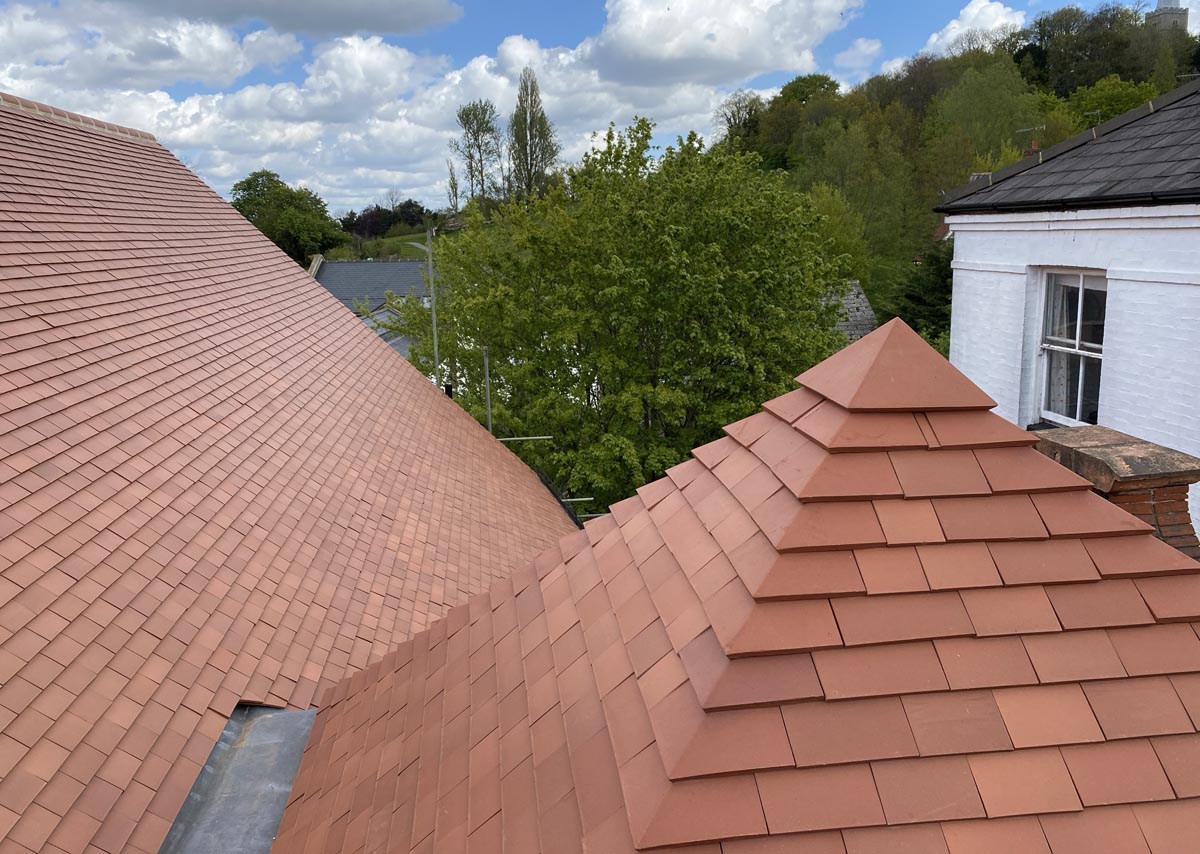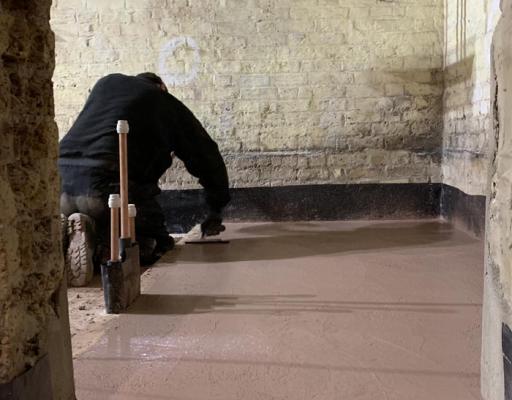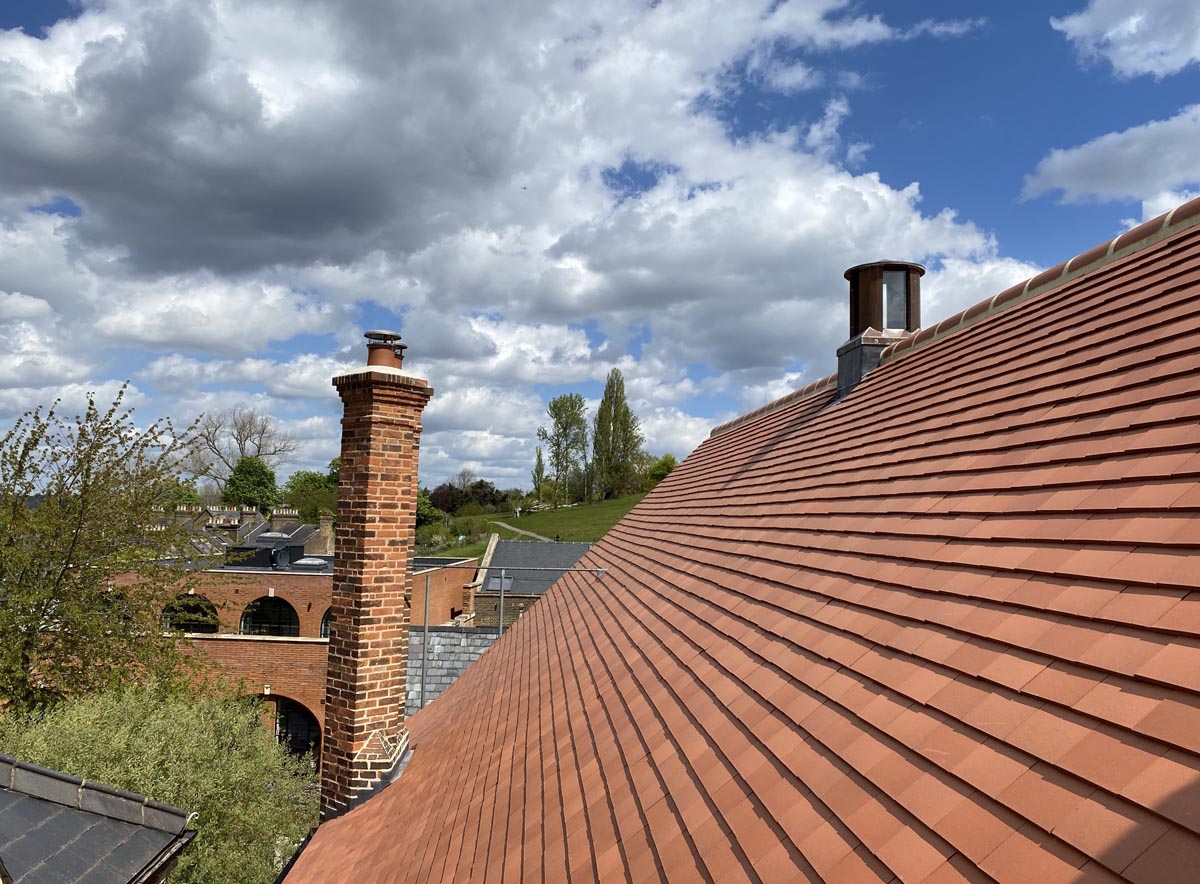Case Study - Reroofing of Old Mission House in Harrow
Background
Designer Max Lamb and his wife Gemma bought grade II listed Old Mission House in Harrow back in 2018. Designed by Arts & Crafts Architect Edward Prior and built in 1884, the property had formally been part of St Mary’s Church. The building started life as a church hall but was later used to house a plastic injection moulding factory. Now the couple are breathing new life into this historic building by transforming it into a wonderful family home.
Challenge
Both artists by trade, Max and Gemma were keen to use authentic materials to restore the beauty of this listed building. They aimed to recycle as much as they could from the existing property and, where replacement was needed, to use only natural materials wherever possible. The couple’s vision is working well with this historic building, as clay is the dominant feature; as well as a clay roof, there are many brick details and beautiful terracotta dressings surrounding the windows and doors. At present, all of this brickwork and terracotta is being immaculately restored.
Result

Dreadnought Tiles have been manufacturing high quality, traditional, single camber plain clay roof tiles at their factory in Dudley in the West Midlands since 1805, and are widely recognised for their true Staffordshire clay colours, which come in natural shades of blues and brindles through to browns and reds. Whilst their manufacturing processes have changed over time, and the Dreadnought factory uses the latest technologies, their clay tiles remain truly traditional. The single camber shape and natural clay colour range are a good match for many historic clay tiles that are no longer produced or whose character and appearance have radically changed over time. This makes them ideal for restoring listed buildings and as Max and Gemma were also aware that they had been used on the building previously, there was no denying they were the perfect fit for their project. The old clay tiles were therefore removed and new Dreadnought plum red smoothfaced tiles were fitted to restore the roof to its former glory. A new light well that Max had constructed himself, from zinc, has replaced the old broken one and this allows some light into the old hall. Arris hips were made to match the old fittings on the small pyramid roof behind the concave parapet at the front of the building. A bespoke end cap handmade by Dreadnought’s heritage centre was also used to neatly cap this off, in place of the 4 cut tiles previously used.
Although it was necessary to replace the roof, Max and Gemma have remained true to their word and recycled the old roof tiles to create a unique flooring solution! All 11,000 old roof tiles were crushed onsite using a roller pan mixer to create an aggregate with varying grades from 1mm to 20mm. Two parts of the crushed tile aggregate were mixed with one part hydraulic lime to form a “cocciopesto” and this was laid down on top of underfloor heating. Now polished, this naturally pigmented floor not only looks great but is extremely practical too. Best of all, it literally encapsulates the building’s long history!





-A.jpg)


